15 Cult Horror Movies That Gained a Following Over Time
Cult horror films are those rare gems that manage to capture the imagination of viewers, even if they didn’t hit big at the box office. These films often stand out for their originality, oddball characters, and chilling atmosphere. Over time, they develop a dedicated fanbase who appreciate their unique style. As they gain attention through word of mouth and home video releases, these movies find their way into horror legend.
This post may contain affiliate links, which helps keep this content free. Please read our disclosure for more info.
The Rocky Horror Picture Show
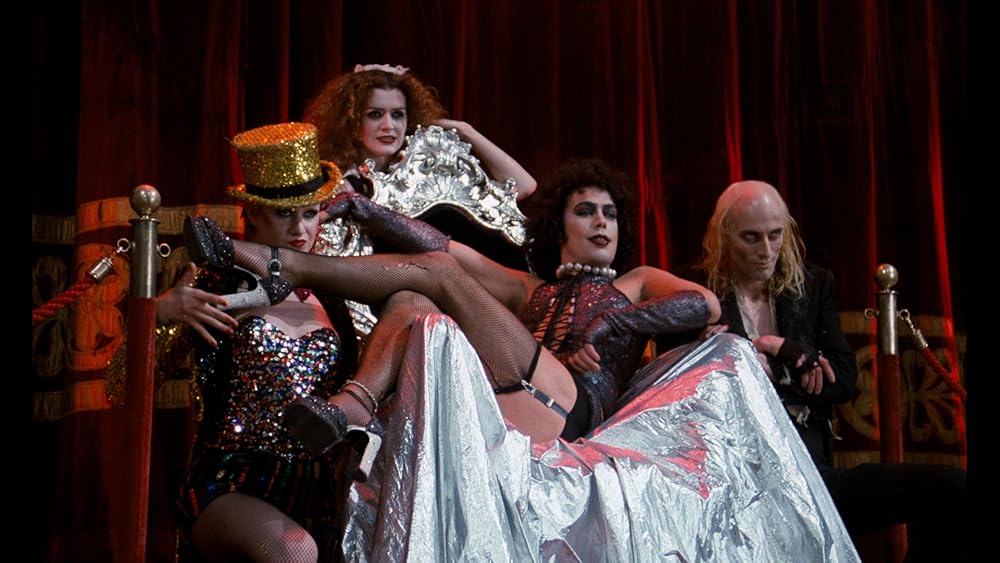
Premiering in 1975, The Rocky Horror Picture Show quickly became a cult classic, despite its initial failure at the box office. The film starred Tim Curry as Dr. Frank-N-Furter and Susan Sarandon as Janet Weiss, two of the many unforgettable characters. Its blend of camp, horror, and rock music attracted fans who appreciated its bizarre and liberating atmosphere. Over time, the film developed a devoted following, with midnight screenings and audience participation events becoming part of its charm. Today, it is celebrated for its unapologetic weirdness and remains an essential part of pop culture.
The Rocky Horror Picture Show‘s unique combination of humor, horror, and musical numbers made it stand out in the horror genre. At first, its eccentric storyline didn’t gain much traction, but over time, word-of-mouth spread, and it became a beloved classic. Audience participation became a staple of its screenings, with fans dressing up as characters and singing along. Its acceptance of individuality and exploration of taboo topics contributed to its rise in popularity. With its lasting influence, The Rocky Horror Picture Show holds its place as one of the most iconic cult horror films.
Evil Dead
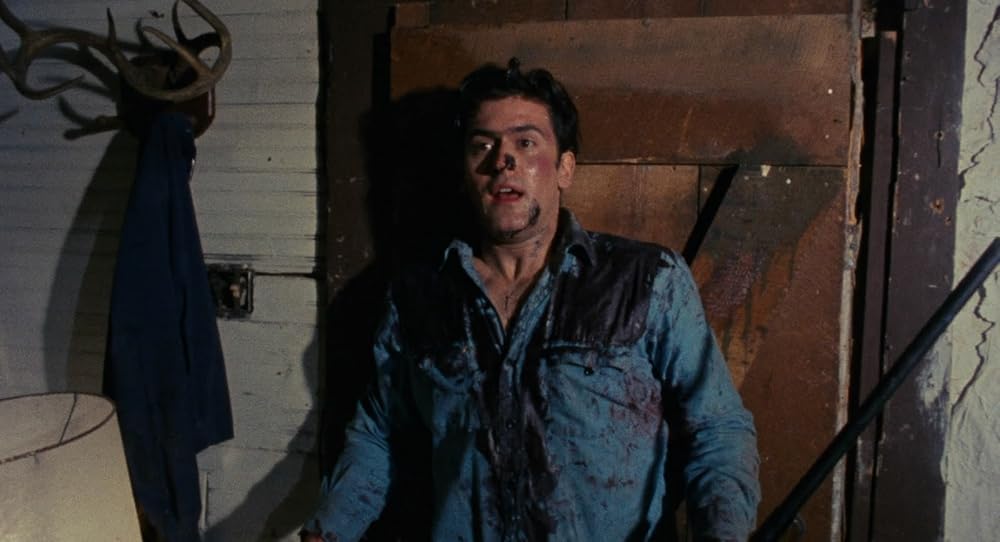
Sam Raimi’s Evil Dead premiered in 1981 and became a major player in the cult horror scene. Starring Bruce Campbell as Ash, the film follows a group of friends who accidentally unleash demonic forces in a remote cabin. The film’s low budget, wild practical effects, and over-the-top performances contributed to its campy, gory charm. Despite its initial mixed reviews, Evil Dead gained a significant fanbase through VHS rentals, midnight showings, and word of mouth. Its success sparked sequels, a remake, and a television series, solidifying its place in horror history.
The film’s blend of horror and dark comedy made it unlike most of its contemporaries. Its crude special effects, while primitive by today’s standards, gave it a raw, intense energy that added to its cult appeal. The character of Ash, portrayed by Bruce Campbell, became an icon of the genre, with fans celebrating his witty one-liners and heroic, albeit reluctant, nature. Evil Dead‘s unapologetic gore, creepy atmosphere, and laughable yet terrifying demons make it a film that still draws new viewers. Today, it is remembered as a key work in the horror genre and a beloved cult classic.
Halloween III-Season of the Witch
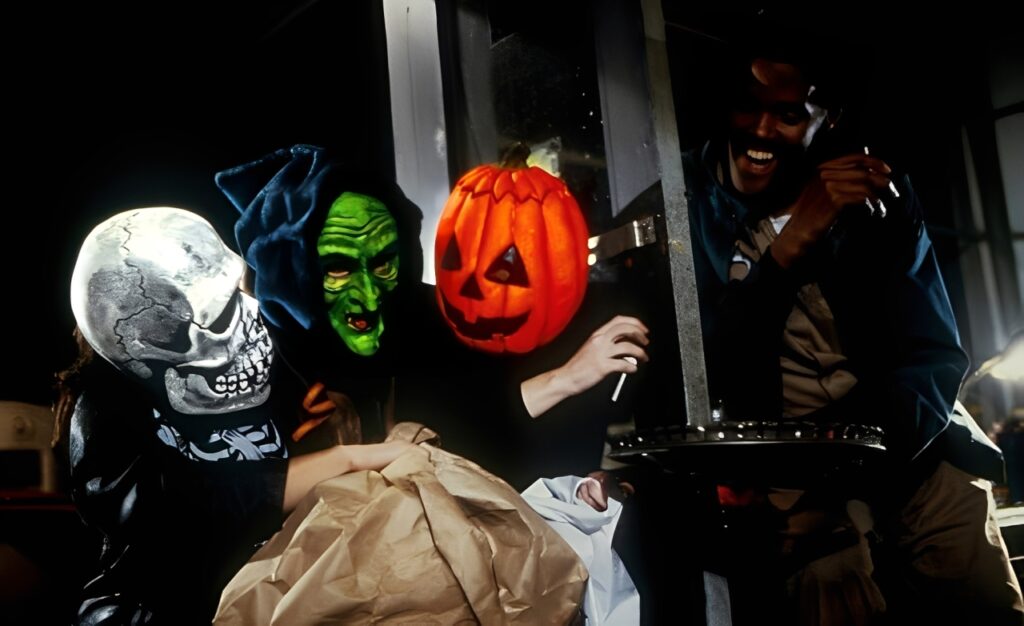
Although Halloween III-Season of the Witch was initially met with confusion by fans expecting another Michael Myers slasher film, it found its own cult following over time. Released in 1982, the film starred Tom Atkins as Dr. Daniel Challis, who uncovers a sinister plot involving Halloween masks. The film’s departure from the series’ slasher roots and its focus on witchcraft and conspiracy left many disappointed at first. However, its unique storyline, unsettling atmosphere, and eerie soundtrack eventually attracted a dedicated audience. Today, it is praised for its bold shift in direction and is considered a gem among horror enthusiasts.
Halloween III has become an example of how a film can develop a cult following despite its rocky reception. Initially, fans were upset that the iconic Michael Myers was absent, but the film’s strange narrative and eerie tone earned it a dedicated following over time. The film’s unsettling atmosphere, combined with a memorable theme song, set it apart from other 1980s horror films. As viewers began to appreciate its originality, Halloween III‘s reputation improved, and it became a must-watch for horror fans. Its blend of Halloween nostalgia with a new, eerie premise helped it stand out in the franchise.
The Thing
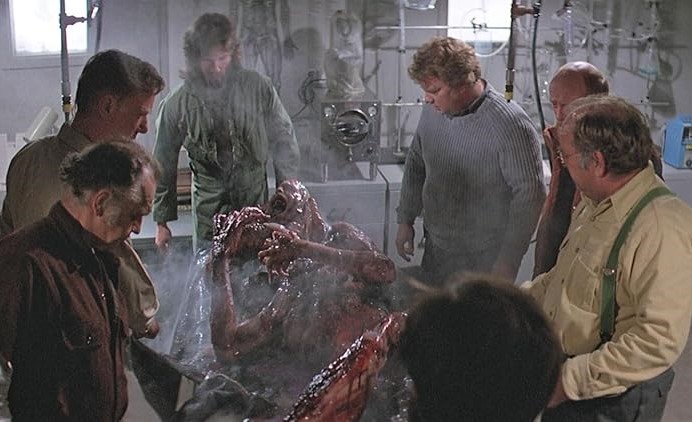
John Carpenter’s The Thing, released in 1982, initially struggled at the box office due to its stark contrast with the more popular E.T. the Extra-Terrestrial. The film starred Kurt Russell as R.J. MacReady, the leader of a research team in Antarctica battling a shape-shifting alien. Its disturbing practical effects and tense atmosphere made it one of the most intense horror films of its time. Although the film was initially panned by critics, it later gained recognition for its groundbreaking effects and paranoid storyline. Today, The Thing is considered one of the greatest horror films of all time.
Despite its lackluster initial reception, The Thing found its audience on home video, where its chilling atmosphere and gory practical effects could truly shine. The film’s use of suspense and fear of the unknown contributed to its lasting impact on horror fans. The paranoia that builds as characters question who is human and who is the alien creature is a hallmark of the film’s strength. Kurt Russell’s standout performance added to the film’s gripping tension, making it a cult favorite. Now regarded as a masterpiece, The Thing is a cornerstone of 1980s horror.
Hellraiser
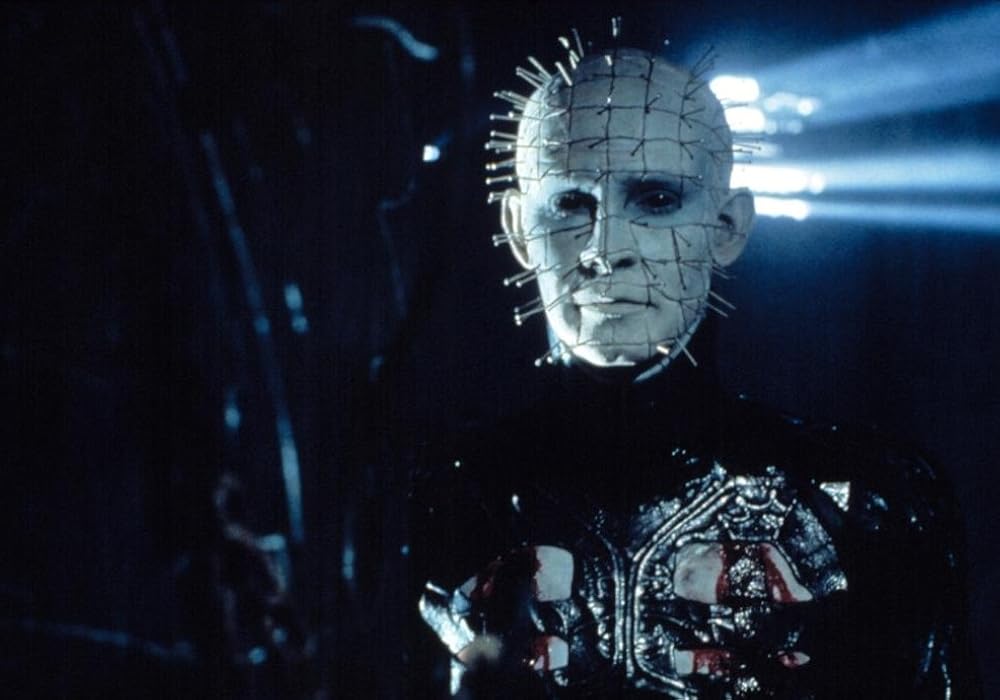
Hellraiser, directed by Clive Barker, premiered in 1987 and became known for its dark, twisted exploration of pain and pleasure. Starring Andrew Robinson as Larry Cotton and Doug Bradley as the iconic Pinhead, the film introduced audiences to the terrifying Cenobites, beings who delight in sadistic pleasure. Its shocking imagery, disturbing themes, and intricate lore created a deep, unsettling experience that horror fans found captivating. Though it initially had a mixed reception, the film grew a fanbase through VHS sales and midnight screenings. Today, Hellraiser is celebrated for its unique narrative and its influence on the horror genre.
The film’s exploration of BDSM, pain, and the supernatural set it apart from other horror films of the era. Pinhead, in particular, became an iconic figure, representing both terror and temptation in a way few horror villains had before. As the film series expanded, it delved deeper into the mythology of the Cenobites and the mysterious puzzle box, giving fans more to explore. Over time, Hellraiser gained a cult following due to its complex characters, unsettling themes, and disturbing visuals. It remains a vital part of horror cinema and is known for pushing boundaries in ways few films dare to do.
The Evil Dead II
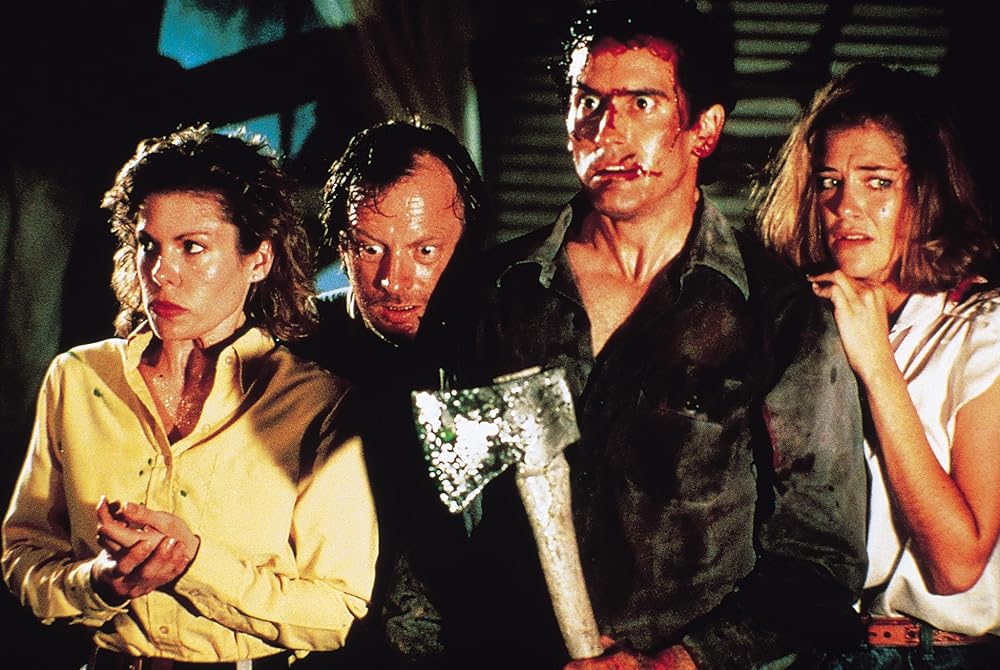
Following the success of Evil Dead, Sam Raimi released Evil Dead II in 1987, a sequel that blended horror and slapstick comedy. Bruce Campbell returned as Ash, the reluctant hero who fights demonic forces in a remote cabin. This film took everything that made the original great and cranked it up to a new level, adding more humor, more gore, and more chaos. While initially met with mixed reviews, it quickly gained a following thanks to its wild tone and unrelenting energy. Evil Dead II is now considered one of the most beloved cult horror films of all time.
What makes Evil Dead II stand out is its combination of physical comedy and over-the-top horror. The film takes the concept of demonic possession and turns it into a bloody, ridiculous romp that’s as funny as it is terrifying. The special effects, though crude by today’s standards, add to the film’s charm and sense of madness. The film’s success led to a franchise with sequels and a television series, cementing Ash’s place in pop culture. Evil Dead II has remained a favorite for fans who appreciate its boldness and creativity in blending two seemingly opposite genres.
Re-Animator
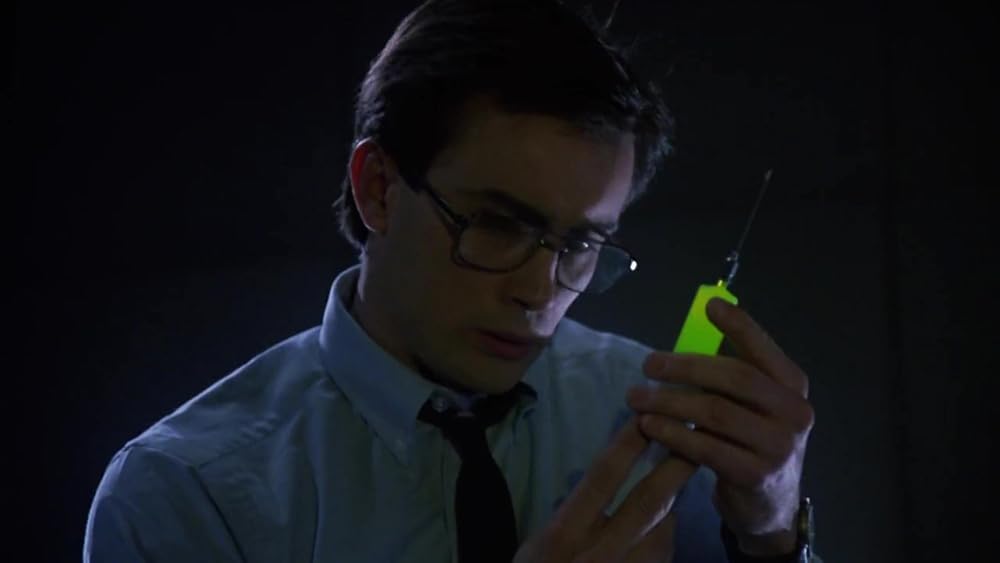
Released in 1985, Re-Animator is a darkly comedic horror film directed by Stuart Gordon and based on the H.P. Lovecraft story. The film stars Jeffrey Combs as Herbert West, a medical student who creates a serum to reanimate the dead. It combines elements of classic horror with sharp wit and outrageous gore, creating an unforgettable experience. At first, the film was a cult hit, thanks to its outrageous content and the memorable performance by Combs. Today, Re-Animator is recognized as one of the most unique and enduring horror films of the 1980s.
What makes Re-Animator stand out is its blend of horror, science fiction, and humor, all wrapped up in a low-budget package. Its combination of gruesome scenes and dark comedy makes it both unsettling and hilarious. The character of Herbert West became an iconic figure, with fans drawn to his obsessive nature and the bizarre consequences of his experiments. Despite its initial niche appeal, Re-Animator found its way into the hearts of horror fans, building a loyal following over time. It remains a significant part of cult horror cinema due to its unique take on the zombie genre.
Basket Case
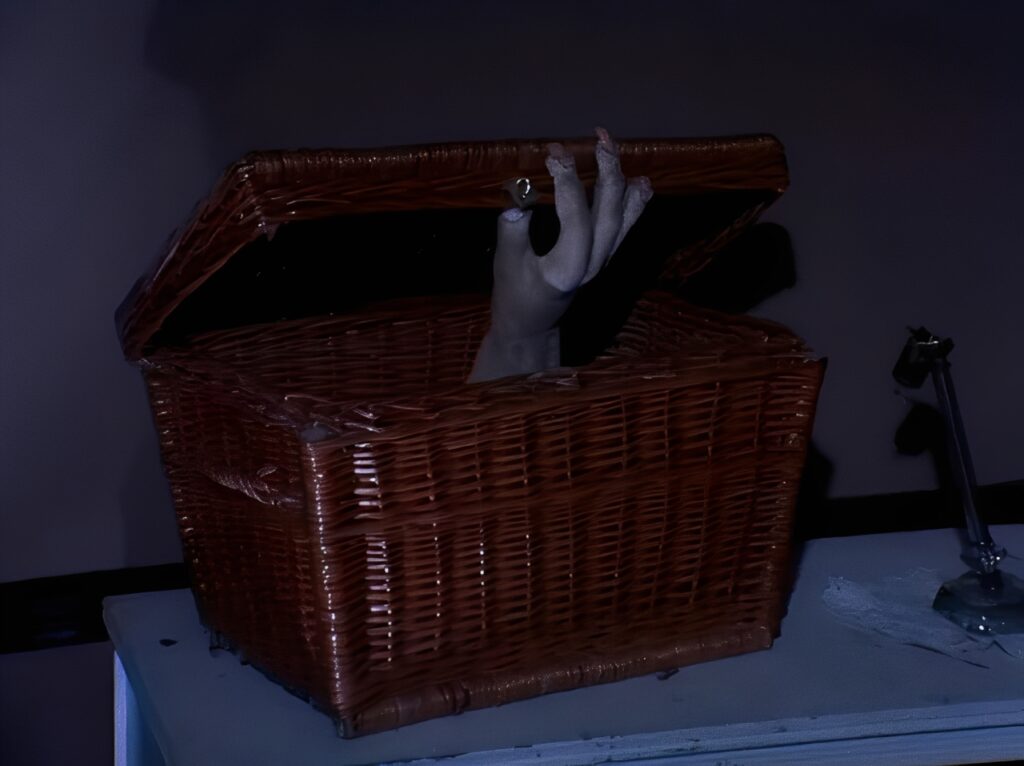
Frank Henenlotter’s Basket Case premiered in 1982, offering a blend of horror and dark comedy that became a favorite among fans. The film follows Duane Bradley, a young man carrying around a basket containing his deformed, conjoined twin brother, Belial. Its quirky, low-budget production and over-the-top performances made it a cult hit despite its initial mixed reception. Over time, Basket Case gained recognition for its bizarre premise, eccentric characters, and offbeat sense of humor. It is now regarded as a standout in independent horror cinema.
The film’s campy atmosphere, combined with its grotesque special effects, gave it a unique flavor that resonated with horror fans. Duane’s relationship with his brother Belial became a central theme of the film, with the tragic nature of their bond striking a chord with audiences. Basket Case‘s combination of weirdness, gore, and humor made it an unforgettable viewing experience. The film’s appeal only grew over time as more people discovered its oddball charm. Basket Case remains a beloved cult classic, admired for its unconventional storytelling.
The Texas Chainsaw Massacre 2
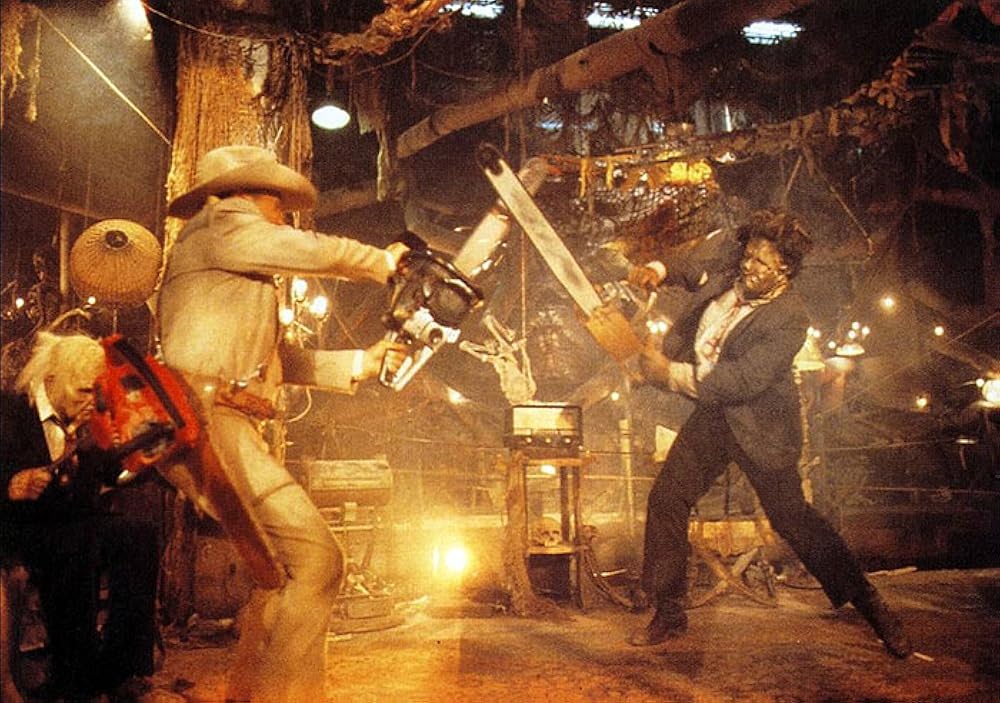
Tobe Hooper’s The Texas Chainsaw Massacre 2, released in 1986, took a much different approach than its predecessor. This sequel added a darker sense of humor to the terror, with Dennis Hopper playing a vengeful lawman hunting down the infamous Sawyer family. While not initially as successful as the original, it eventually earned a cult following thanks to its exaggerated violence, eccentric characters, and memorable scenes. Fans began to appreciate its campy, over-the-top take on the slasher genre. Today, Texas Chainsaw Massacre 2 holds a special place in horror cinema.
The film’s exaggerated violence and absurd situations set it apart from the more serious tone of the first film. The character of Leatherface, already terrifying in the original, became even more outlandish in this sequel, which contributed to the film’s uniqueness. The over-the-top performances and chaotic tone gave it a charm that later audiences embraced. Though it didn’t achieve immediate commercial success, Texas Chainsaw Massacre 2 eventually gained a loyal following. Its lasting appeal stems from its bold departure from the original and its influence on the horror genre.
Troll 2
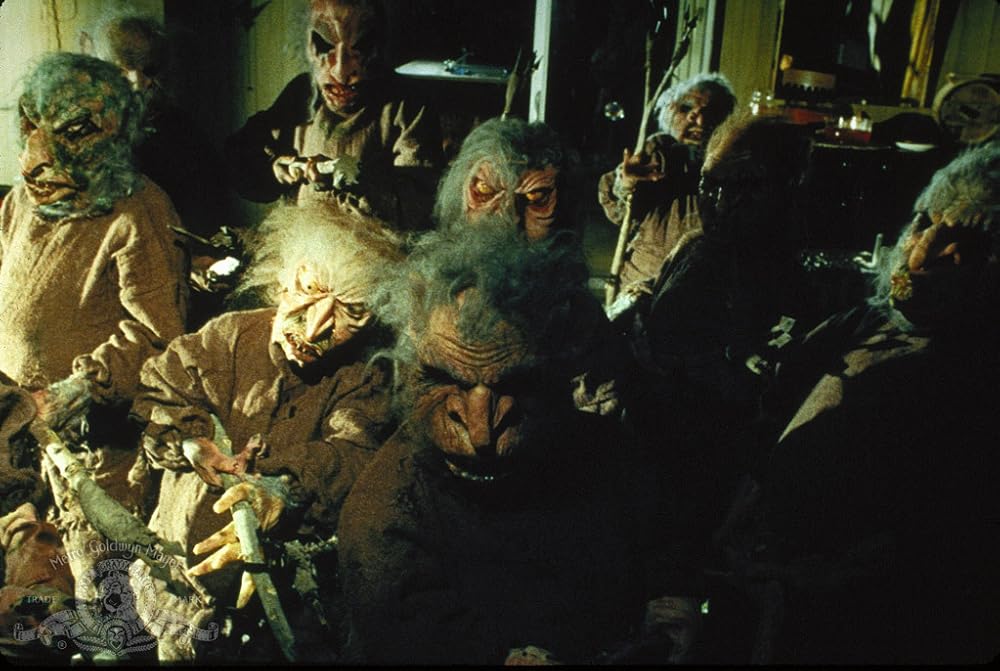
Troll 2 is often cited as one of the worst films ever made, but its disastrous quality is what turned it into a cult classic. Released in 1990, the film features a young family encountering a group of evil goblins in a rural town. Despite being marketed as a sequel to Troll (which it is not), the film’s cheesy dialogue, absurd storyline, and laughable special effects created a film so bad it became beloved by fans. Troll 2 gained a following through late-night showings and VHS rentals, with fans delighting in its unintentional humor. It is now considered one of the most iconic so bad it’s good films ever made.
The film’s production values and acting were criticized upon release, but these elements only added to its charm for later audiences. The line Oh my God, you’re eating her!, became an iconic quote in horror circles, epitomizing the film’s oddball humor. Despite its flaws, Troll 2 developed a rabid fanbase, leading to documentary features and fan events. Fans embraced the film for its unintentional comedy and sheer absurdity, making it an essential part of cult horror history. Today, Troll 2 remains a beloved disaster, frequently screened at midnight events where audiences embrace its unique brand of horror.
Phantasm
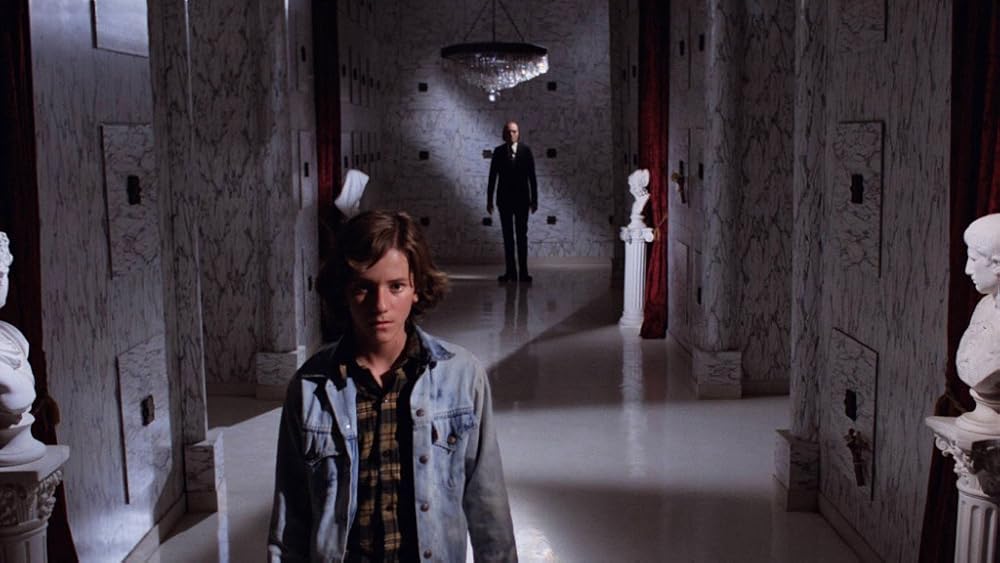
Don Coscarelli’s Phantasm premiered in 1979 and became one of the most surreal cult horror films of its time. The film follows a group of friends investigating strange occurrences in a local funeral home, led by the mysterious Tall Man. While Phantasm was not an immediate hit, its haunting imagery, strange plot twists, and memorable soundtrack helped it earn a loyal following. The film’s eerie atmosphere and its unconventional blend of horror and science fiction made it a standout. Phantasm has since been recognized as one of the most influential cult horror films.
The film’s bizarre, dreamlike sequences and strange creatures set it apart from other horror films of its era. The Tall Man, played by Angus Scrimm, became a terrifying figure in horror, with his otherworldly presence elevating the film’s tension. Phantasm created a universe that blended supernatural horror with science fiction, a mix that attracted fans over time. Its success inspired multiple sequels, further cementing its place in horror lore. Today, Phantasm is cherished for its originality and remains a classic among horror aficionados.
House
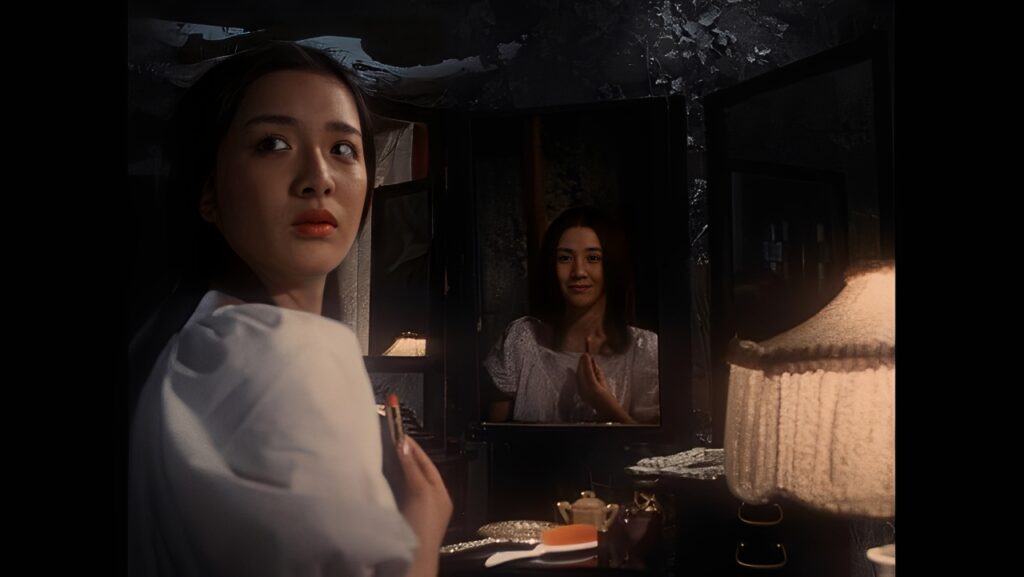
Released in 1977, House (also known as Hausu) is a surreal Japanese horror film directed by Nobuhiko Obayashi. The film tells the story of a group of girls who visit a mysterious aunt’s house, only to find themselves trapped in a nightmare filled with bizarre supernatural occurrences. Its strange visuals, quirky style, and mixture of horror and comedy made it a unique film that stood out. While it wasn’t a commercial success in Japan, it gained a cult following after being discovered by Western audiences. House is now considered one of the most eccentric cult horror films of the 1970s.
The film’s bizarre set design, colorful costumes, and wild special effects gave it a dreamlike, surreal quality that fascinated fans. Its oddball characters and unpredictable storyline made it a memorable and unsettling experience for viewers. House‘s blend of horror, humor, and surrealism made it a one-of-a-kind film, loved by fans of experimental cinema. Though initially overlooked, it became a beloved classic through screenings, home video releases, and film festivals. Today, House is celebrated for its creativity and remains a standout in the world of cult horror.
Street Trash
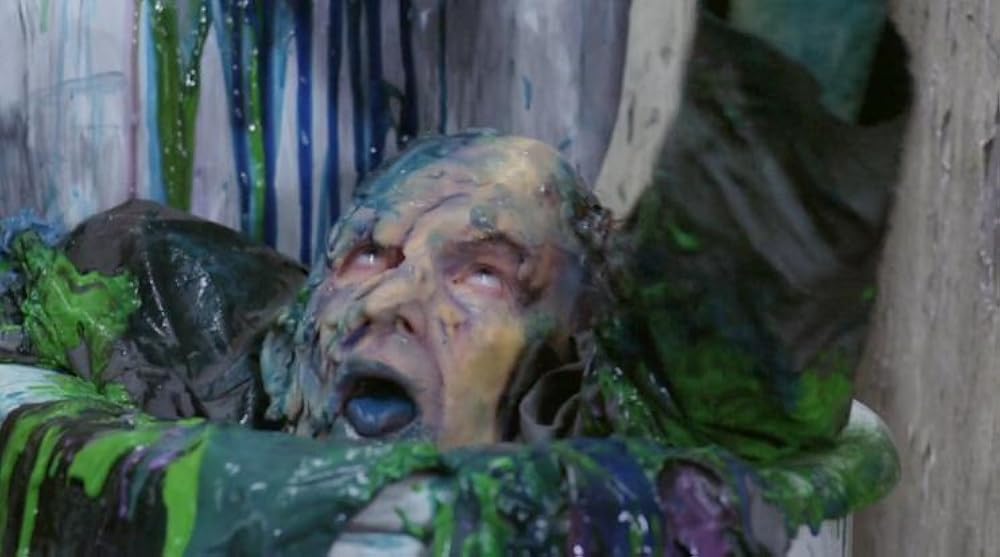
Street Trash, a 1987 splatter film directed by James Muro, is a brutal, over-the-top horror movie that blends shock value with dark humor. The film follows a group of homeless men who discover a toxic liquor that causes them to melt into goo. The film’s gross-out effects, outrageous humor, and low-budget aesthetic helped it become a cult hit. While it received mixed reviews upon release, Street Trash gained a following for its shocking visuals and irreverent approach to horror. It is now regarded as a prime example of 1980s exploitation horror.
What sets Street Trash apart is its willingness to push boundaries, blending disturbing imagery with dark humor in ways that other films of the time avoided. The melting bodies, extreme gore, and absurd humor created a film that was both repellent and strangely entertaining. The film’s exploitation of the homeless population and its unflinching depiction of violence added to its shock value. Fans appreciate Street Trash for its audacity and disregard for conventional storytelling. Today, it remains a cult favorite for those who enjoy gory, over-the-top horror.
Sleepaway Camp
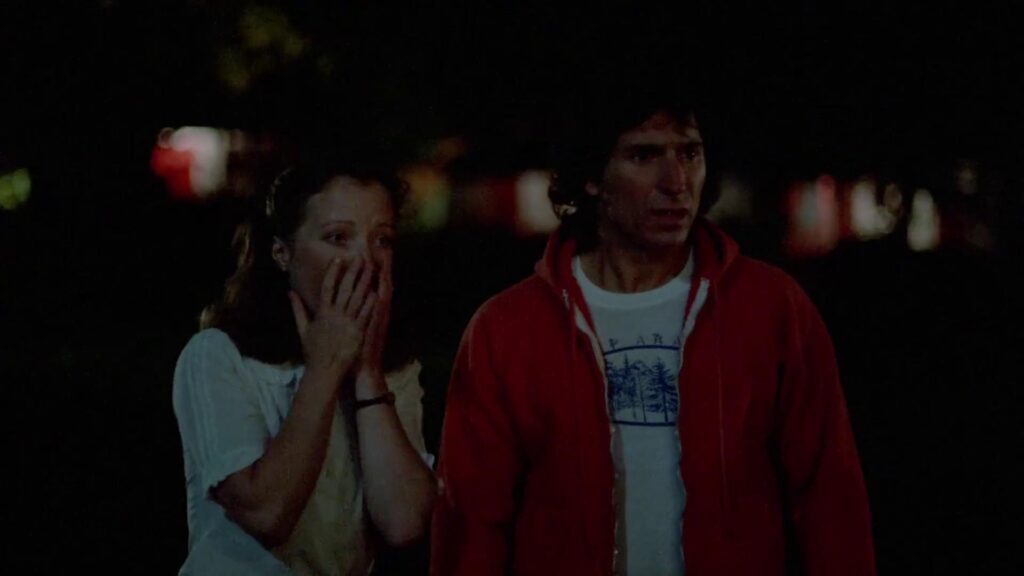
Released in 1983, Sleepaway Camp became a cult horror film thanks to its shocking twist ending and its take on the summer camp slasher genre. The film follows Angela, a shy girl who attends a summer camp where mysterious deaths begin occurring. While the movie initially struggled with poor reviews, it gained popularity over the years, thanks in part to its twist ending and unforgettable characters. The film’s controversial elements, including its themes of gender identity, also contributed to its lasting impact. Sleepaway Camp remains a beloved piece of 1980s slasher history.
What makes Sleepaway Camp stand out is its mix of slasher horror and psychological twists. The final twist in the film is considered one of the most shocking in horror movie history, ensuring the film’s place in pop culture. Despite its low budget, the film’s eerie atmosphere and suspense kept audiences engaged. Its campy performances and memorable characters further cemented its cult status. Over time, Sleepaway Camp has developed a dedicated fanbase, making it a must-watch for fans of 80s horror.
Dead Alive
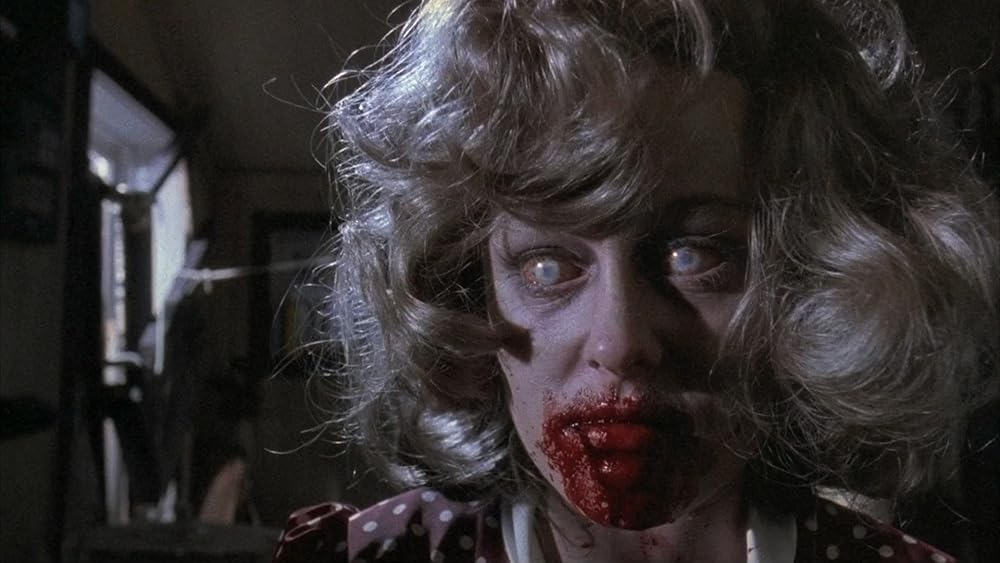
Dead Alive (also known as Brain Dead in some regions) is a 1992 horror-comedy directed by Peter Jackson. The film follows Lionel, a man whose life spirals out of control when his overbearing mother becomes a zombie. The film’s extreme gore, outrageous special effects, and dark humor made it an immediate favorite among horror fans. Dead Alive received critical acclaim for its creative and grotesque special effects, even though it was initially a box office failure. Over time, it became one of the most celebrated horror comedies.
The film’s blend of slapstick humor and over-the-top violence pushed the boundaries of gore, making it one of the most extreme films of its time. Jackson’s inventive special effects, including practical effects and splatter-filled sequences, kept audiences both horrified and entertained. Despite its initial lack of mainstream success, Dead Alive gained a cult following after being discovered on home video. The film’s outrageous scenes, combined with a comedic tone, make it one of the most unique cult horror films. Today, it is celebrated as a must-watch for fans of extreme horror and gore.
Cult horror films have a way of captivating audiences, even long after their initial release. These movies may have struggled to find an audience at first, but over time, they gained a dedicated following.
This article originally appeared on Avocadu.
